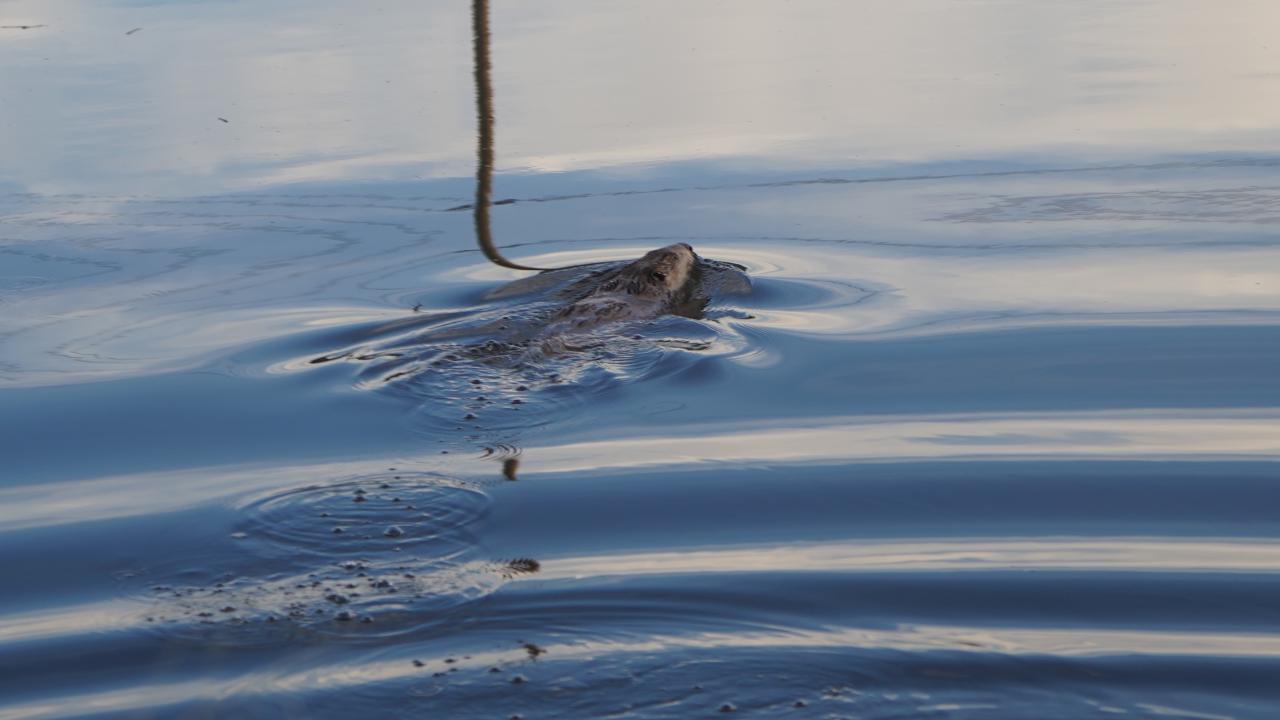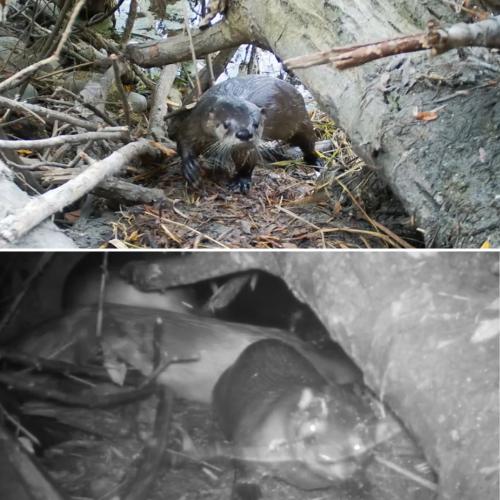
Checking in on the Beavers
One of the big questions in oil spill response is what happens to rehabilitated animals after they are released? Do they survive? Do they go back to their normal habitats and behaviors?
As you may recall from Kyra’s blog post in March, metal leg bands are used by researches to track birds all over the world, a system which we employ on all our rehabilitated avian patients. But what about our mammal patients? Each species is unique in anatomy and behavior, making a unified tracking system difficult, if not impossible. As with many aspects of caring for our beaver patients during the Tanzanite oil spill, post-release monitoring posed a new challenge.
Researchers across the world have used specialized GPS tags to monitor beaver behavior and habitat use, however this technique involves implanting a tag through the tail and would not tell us anything about the animal’s health, just location and movement. Given everything our patients had been through we wanted to use a non-invasive, passive method in which we could “see” how our beaver family was doing after release. We use trail cameras all the time during oil spills, to assess what wildlife are doing in the area. This time we decided to try out trail cameras after a spill.

Fortunately, Tanzanite park is a quick 20 minute drive from Davis and we knew the location of the beaver lodge. Immediately after their release we monitored the release site via trail camera for about a week before the winter storms flooded our access sites. During that time we spotted not only our beaver patients, but a romp of river otters, mink, field mice, and many birds!
A month later, when the water levels subsided we set out to see how the beavers fared through the storms. To our delight, we spotted at least three of the four beavers on camera! Without identification tags or major distinguishing features we have to see each beaver in the same frame in order to be certain of a unique individual. We were especially excited to witness the beavers displaying normal behaviors and looking healthy on the trail camera footage.
A few weeks ago we deployed our trail cameras for another check in on the beaver family, and this time we included some on-water views. Good thing, because they weren’t using their typical on land “hang outs.” We did, however, see them busily swimming out of and back to the lodge often carrying tules or branches.
It’s been incredibly rewarding and informative for our team to be able to monitor the Tanzanite oil spill beavers going on six months after rehabilitation and release. We are excited to share this fun update with the Network and hope you enjoy the trail camera footage as much as we did!
